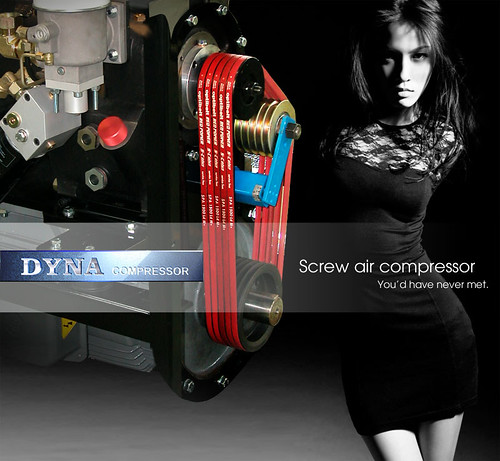A few basic principles for Air Conditioner troubleshooting. For both central home air conditioner or window air conditioners, the first thing to check is either the unit is getting proper power. If the unit uses 220 volt power be sure that the proper voltage is getting to the unit. Same for 110 volt units. A voltage meter can be used to assure that the voltage is correct.
For window air conditioning units the voltage can also be checked before and after the thermostat. If voltage is being supplied to the thermostat but not from it then the thermostat probably needs replaced. This is a fairly coarse problem. Other place to check is the fan motor voltage. The fan on window air conditioners runs both the indoor blower and the condenser fan. If that motor fails than the compressor may run for a short time, but will overheat and shut off. Prolonged operation like this will ensue in compressor failure. This motor can be economically substituted for larger window air conditioners, but for smaller ones the cost of change will be more than a new unit.
Central Air Conditioners for the home are more complex and there are more things that can go wrong. As with the window air conditioner the thermostat can also be a problem. The central air conditioner thermostat will only have 24 volts going to it. So don't look for high voltage there. Some units the voltage will be advent from the outdoor unit and others the voltage will be supplied by the indoor air handler or furnace. Most home central air conditioning will be supplied by the indoor air handler or the furnace. If the air conditioner is for cooling only the unit will commonly have only two wires going to the condenser unit. Make sure that you have 24 volts over those wires.

The next thing to check will be the indoor blower. If your thermostat is calling for cooling then the indoor blower should be running. If there is no air intriguing over the indoor cooling coil then you will soon have a big block of ice formed on the coil. This can happen for a few reasons. The indoor blower is not working, the air flow is restricted and not allowing air to move over the coil. A clogged air filter would also do this. Or the outdoor condenser unit has lost the fee of refrigerant.
Finally and worst of all is when you have a unblemished compressor failure. Often when this happens the compressor will "lock up" or not be able to turn when power is supplied to it. Overheating or lack of lubrication are commonly the main causes of compressor failure. Overheating can be caused by the outdoor coil around the compressor getting clogged with dirt, leaves, grass, or just plain old grime. The outdoor coil should be washed out every year with a good coil cleaner and water. This will help prevent compressor failure and help keep the unit running at peak efficiency. Changing an air conditioner compressor is a job that requires specialized tool and needs to be done by a professional with the proper refrigeration license.
As you can see there are some straightforward things that a good handyman or homeowner can check. There are also some things that need the specialized tools and caress of the professional.
Air Conditioner issue - divulge the PossibilitiesInverter Converter Blog Wireless Internet Cameras Regulated High Voltage Power Supply